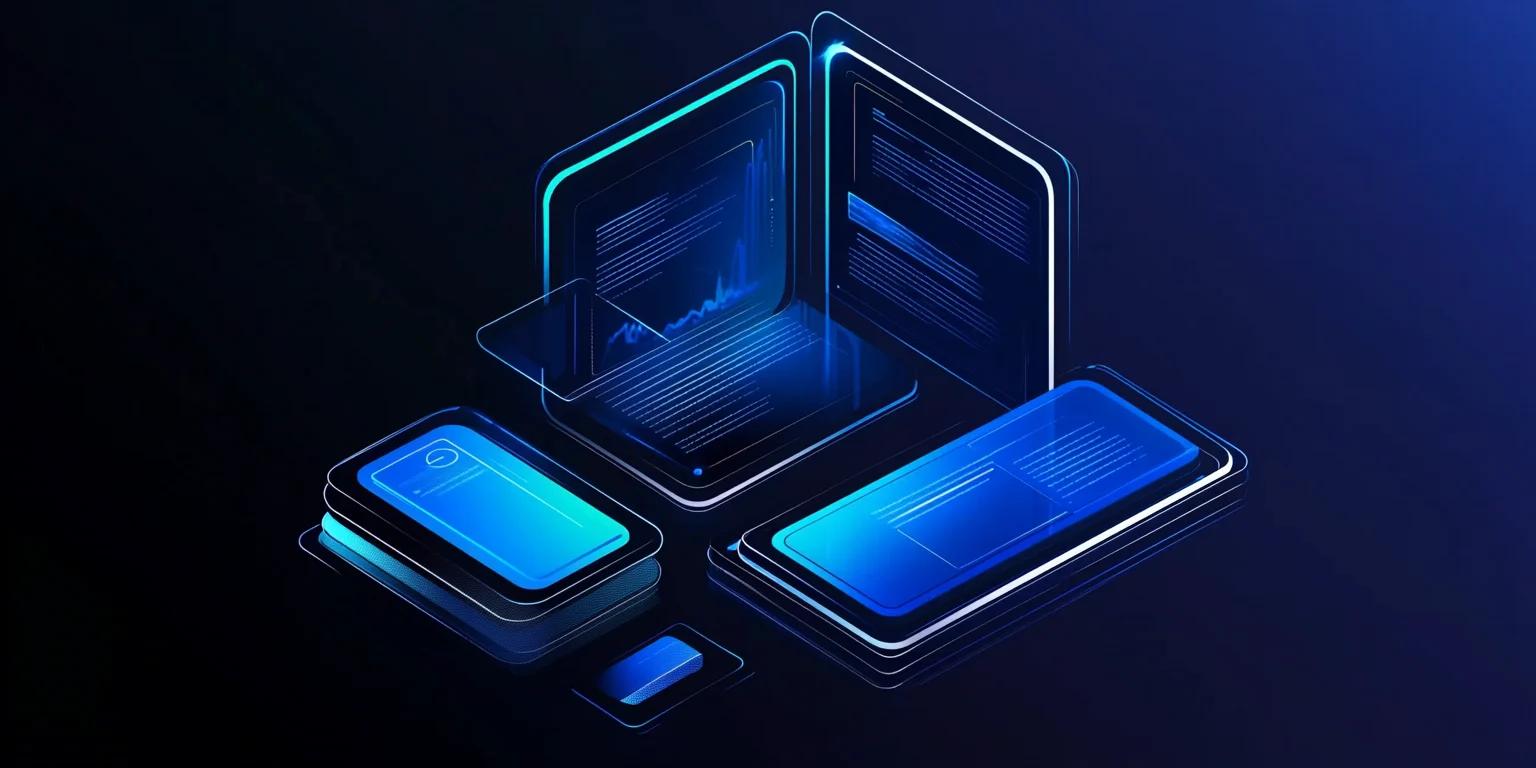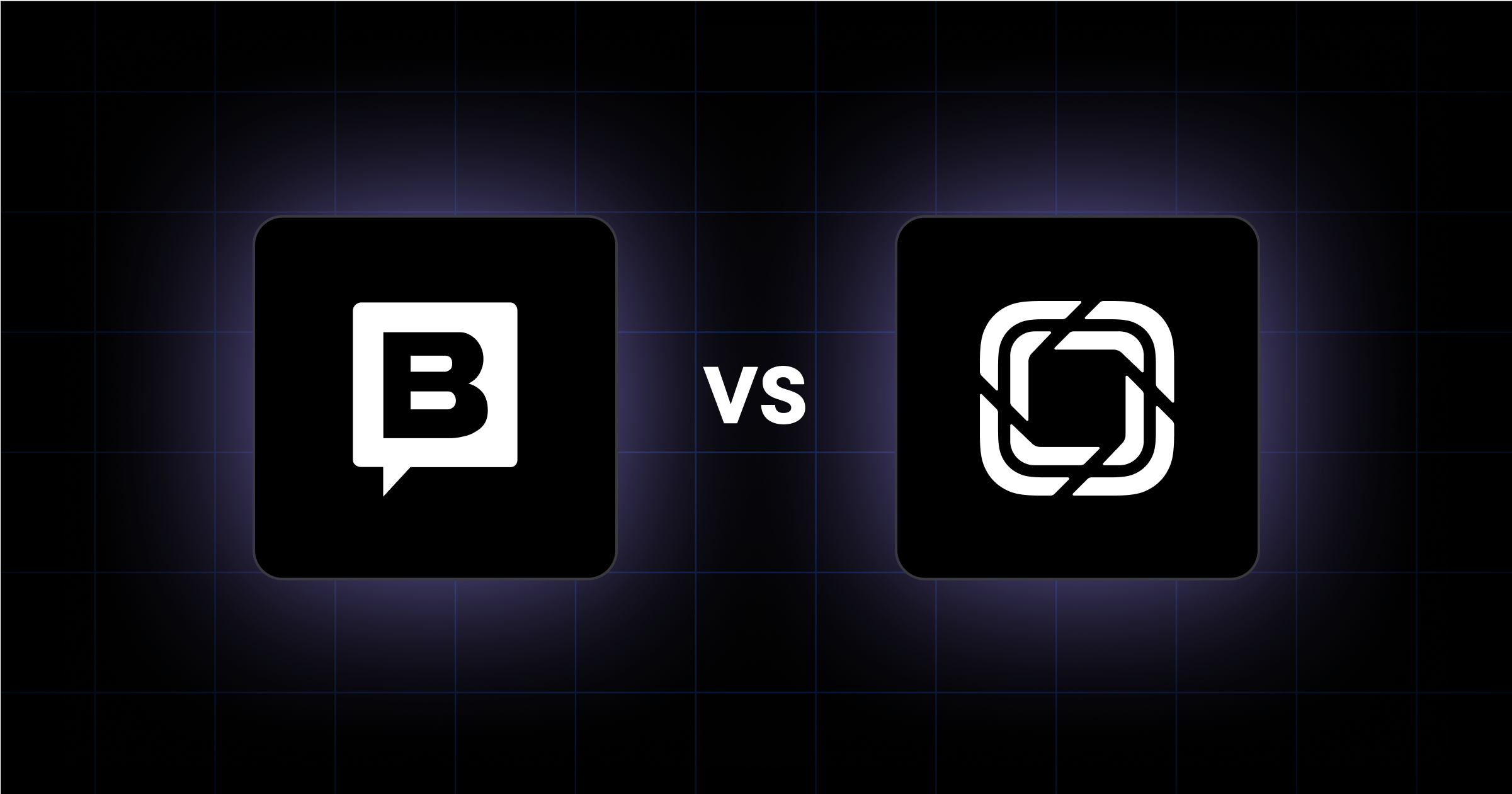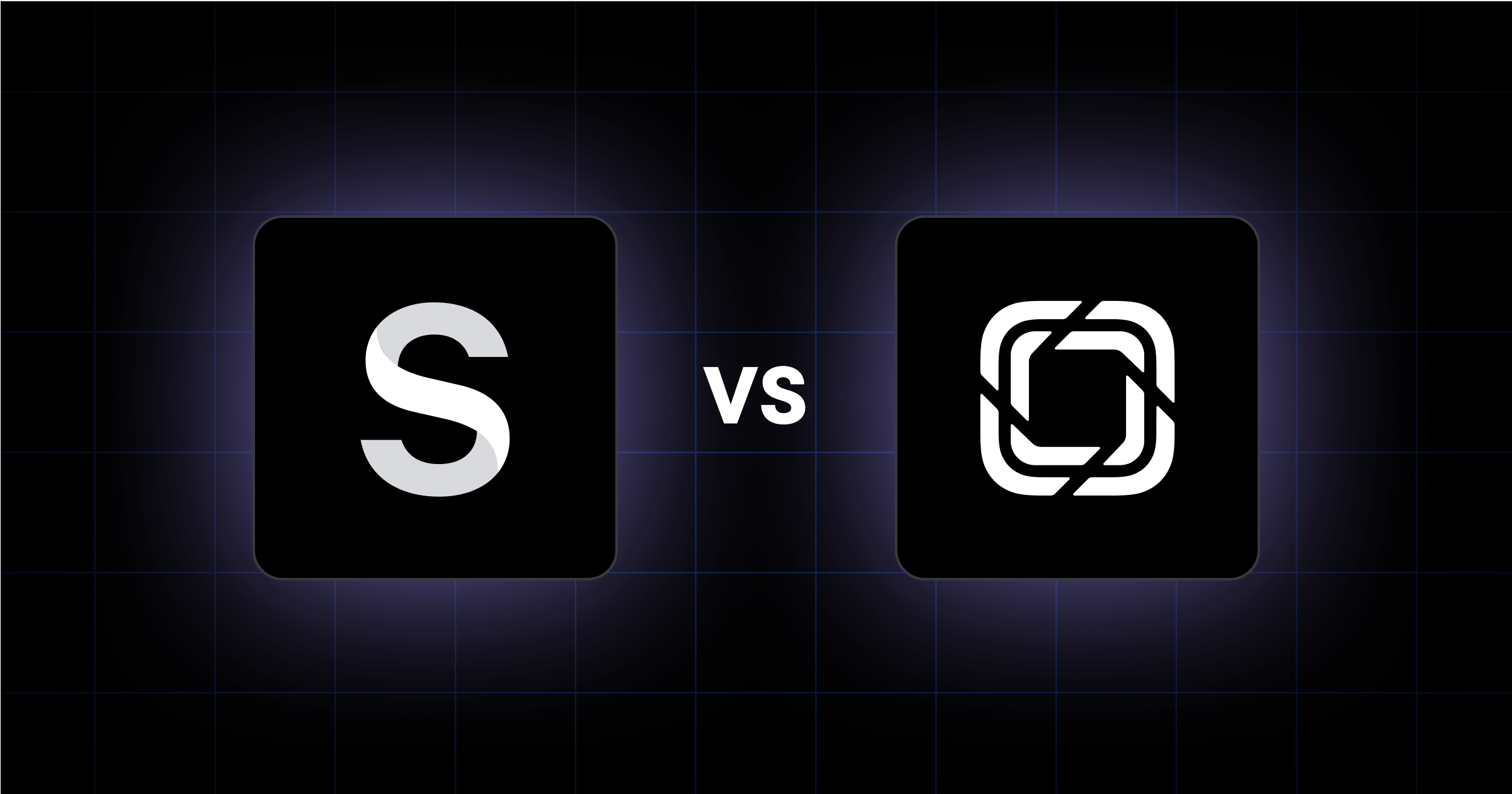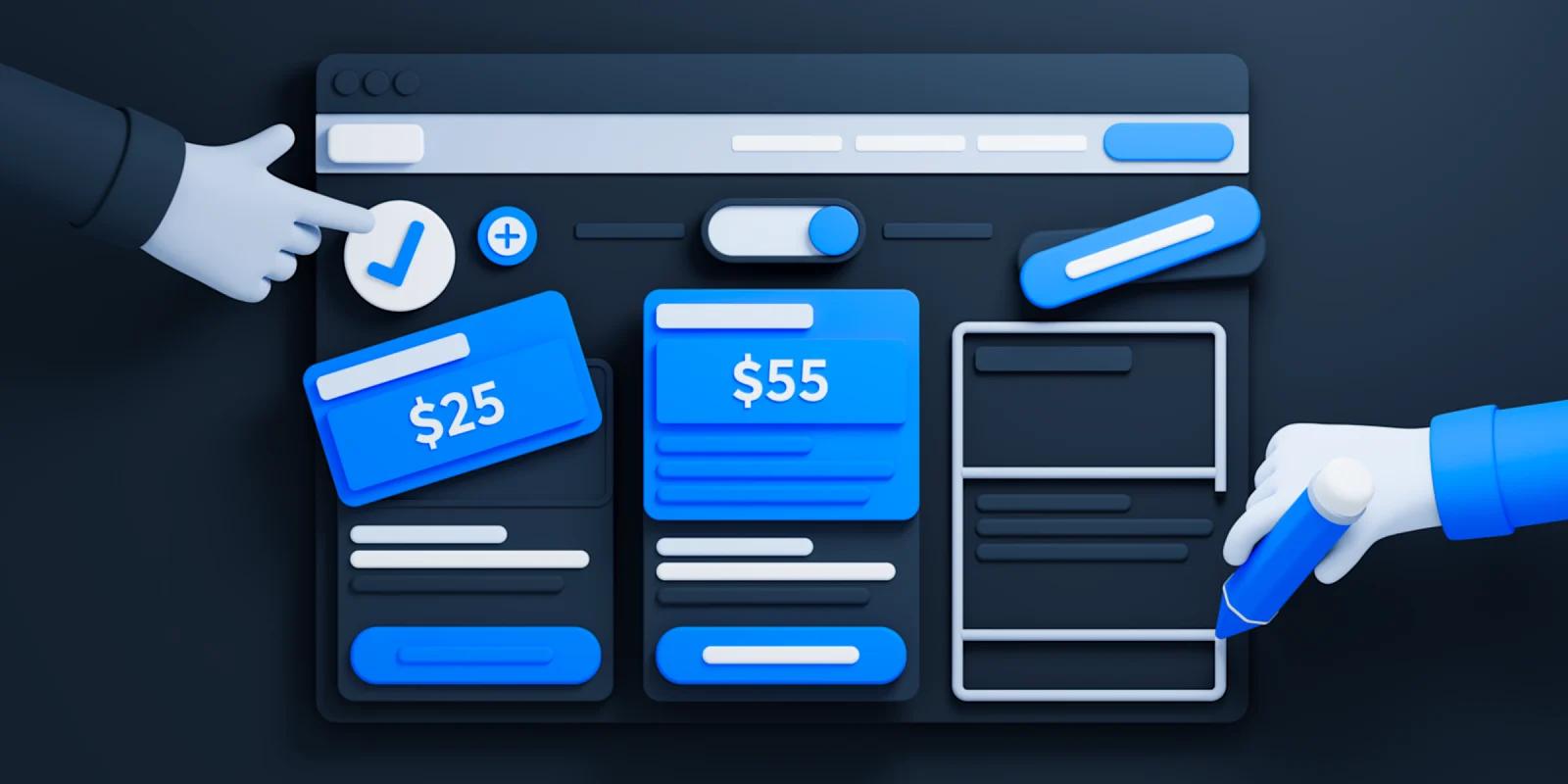Motion design has become a game-changer in web development, transforming static pages into dynamic experiences. If you’re thinking about incorporating motion design into your website, you’re on the right track. Let’s explore why motion design can elevate your web projects.
When you add motion design to your website, you enhance user engagement and interactivity. It’s not just about making things move; it’s about making the user experience more memorable and immersive.
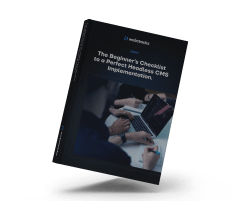
Why Should I Care About Motion Design?
Adding motion design can be a bit daunting, especially when you’re trying to strike the right balance between engagement and overwhelming your users. But trust us, the benefits far outweigh the challenges.
How Does It Enhance User Engagement?
Motion design grabs attention and keeps users engaged. Interactive elements like hover effects and animations make users more likely to interact with your site, increasing the time they spend on it.
What Makes It Memorable and Immersive?
A well-designed animation can leave a lasting impression. Motion design helps create an immersive experience that users remember, making them more likely to return.
Can It Guide Users to Important Elements?
Absolutely! Animations can direct users' focus to key areas, such as calls-to-action or important information. This guidance helps improve navigation and ensures users don’t miss critical elements.
How Does It Reflect Brand Personality?
Motion design can convey your brand’s personality and values in a way that static images or text cannot. It adds a layer of storytelling that resonates with users.
Does It Differentiate My Website?
In a crowded online space, motion design can set your website apart. Unique animations and interactive elements make your site stand out and stay top-of-mind for users.
What About Aesthetics?
Motion design enhances the visual appeal of your website. Smooth transitions, animated icons, and other elements make the site more attractive and enjoyable to navigate.
What Types of Motion Design Elements Should I Use?
Choosing the right motion design elements can be a game-changer. Here’s a breakdown of some of the most impactful types you can incorporate into your web projects.
Animated Logos: Why Are They Important?
Animated logos add a dynamic touch to your brand’s identity. They capture attention immediately and make your brand more memorable. A simple animation, like a logo that transforms or reveals itself, can leave a lasting impression on visitors. This element also conveys professionalism and creativity, setting the tone for the rest of your site.
How Can Kinetic Typography Help?
Kinetic typography involves moving text that engages users and emphasizes key messages. This technique can make headlines, quotes, or calls-to-action stand out. By animating text, you can guide users through your content in a visually appealing way. It’s an effective method to highlight important information without overwhelming the user.
What Are Hover Effects and Micro-Interactions?
Hover effects and micro-interactions enhance user engagement by providing immediate feedback. When users hover over buttons, links, or images, subtle animations can indicate interactivity. These small animations make the interface feel more responsive and intuitive. They also add a layer of sophistication to your design, making navigation more enjoyable.
Why Use Animated Illustrations and Icons?
Animated illustrations and icons bring static elements to life. These animations can explain complex ideas quickly and clearly. For example, an animated icon can show how a product works or highlight a feature. These elements not only make the site more engaging but also improve user understanding and retention of information.
How Do Background Animations Add Value?
Background animations create a dynamic environment for your content. They can range from subtle movements to more complex scenes. These animations add depth and interest to your site without distracting from the main content. A well-designed background animation can enhance the overall aesthetic and keep users engaged longer.
Are Page Transitions Necessary?
Page transitions smooth the navigation experience by providing visual continuity. Instead of abrupt changes, transitions guide users from one section to another seamlessly. This technique reduces cognitive load and makes the browsing experience more fluid. It also adds a professional touch, showing attention to detail in the user experience.
Why Use Scroll-Triggered Animations?
Scroll-triggered animations activate as users scroll through the page. These animations can reveal content, highlight sections, or create a storytelling effect. They keep users engaged by providing visual cues and breaking up long sections of text. This type of animation encourages users to explore the entire page, ensuring they see all your content.
What’s the Deal with Loading Animations?
Loading animations keep users entertained while content loads. They reduce perceived waiting time and prevent users from leaving the site due to slow load times. A creative loading animation can also reinforce your brand’s personality. These animations ensure a positive user experience even when there are delays in loading content.

How Do I Plan and Implement Motion Design?
Getting started with motion design can feel overwhelming, but breaking it down into actionable steps can make the process smoother. Here’s how to plan and implement motion design effectively.
What Are My Goals?
Start by identifying what you want to achieve with motion design on your website. Are you looking to enhance user engagement, highlight key features, or convey your brand’s personality? Clarifying your goals will guide the design process and ensure that every animation serves a specific function. Determine the metrics you’ll use to measure success, such as increased time on site or improved conversion rates.
How Do I Visualize My Ideas?
Once you’ve defined your goals, create a storyboard to visualize how the animations will unfold. This step involves sketching out each scene and detailing the transitions between them. Wireframes help map out the structure of your website, showing where each motion design element will appear. This planning phase is crucial for aligning the design with your overall user experience strategy. It also helps identify potential challenges early on.
Which Tools Should I Use?
Selecting the appropriate tools and technologies is vital for implementing motion design effectively. Tools like Adobe After Effects, Lottie, and CSS animations are popular choices. Consider the complexity of your animations and the capabilities of your development team when choosing tools.
Ensure that the selected technologies integrate well with your existing tech stack and content management system. This will streamline the development process and reduce compatibility issues.
How Do I Collaborate Effectively?
Effective motion design requires close collaboration between designers and developers. Designers create the visual elements and animations, while developers implement them on the website. Regular communication ensures that the design vision is accurately translated into code.
Use collaborative tools like Figma or Sketch for design and GitHub for version control. This teamwork approach helps maintain consistency and quality throughout the project.
How Do I Test for Performance?
Testing is a critical step to ensure that your motion design elements perform well across different devices and browsers. Use tools like BrowserStack to test animations on various platforms. Optimize animations to minimize their impact on page load times. Techniques such as lazy loading and reducing the number of animated elements can improve performance.
Regularly monitor performance metrics and make adjustments as needed to ensure a smooth user experience.
Are My Animations Accessible?
Accessibility should be a priority when implementing motion design. Ensure that animations do not cause discomfort for users with motion sensitivities. Provide options to reduce or disable animations if needed. Use ARIA (Accessible Rich Internet Applications) attributes to make interactive elements accessible to screen readers.
Test your website with accessibility tools like WAVE or Axe to identify and fix any issues. Ensuring accessibility not only broadens your audience but also enhances the overall user experience.

What Are the Best Practices for Motion Design?
When incorporating motion design into your web projects, following best practices ensures a seamless user experience and effective visual communication.
How Much Motion Design Is Too Much?
Overloading your site with animations can overwhelm users and slow down performance. Focus on key areas where motion design can enhance user interaction or highlight important information. Use animations to guide users through the site, making navigation intuitive and engaging.
How Do I Maintain Brand Consistency?
Consistency is key in motion design. Ensure that all animations align with your brand’s visual identity. This includes using the same color schemes, typography, and style across all motion elements. Consistent design helps reinforce your brand and creates a cohesive user experience.
What Makes Animations Smooth and Fluid?
Smooth and fluid animations provide a polished look and feel. Avoid jerky or abrupt movements that can disrupt the user experience. Use easing functions to create natural motion paths and transitions. Test animations to ensure they perform well across different devices and screen sizes.
How Do I Optimize for Performance?
Animations can impact page load times and overall performance. Optimize your animations by minimizing file sizes and using efficient coding practices. Consider using CSS animations or lightweight JavaScript libraries to reduce the load on your site. Regularly monitor performance metrics and make adjustments as needed.
Are My Animations Accessible?
Accessibility should be a priority in motion design. Ensure that animations do not cause issues for users with motion sensitivities. Provide options to reduce or disable animations if necessary. Use ARIA attributes to make interactive elements accessible to screen readers. Test your site with accessibility tools to identify and fix any issues.
How Do I Test Across Devices?
Animations may behave differently across devices and browsers. Test your motion design elements on a wide range of platforms to ensure consistent performance. Use tools like BrowserStack to simulate different environments and identify potential issues. Regular testing helps maintain a smooth user experience for all visitors.
How Do I Use User Feedback?
User feedback is invaluable for refining your motion design. Collect feedback through surveys, usability tests, and analytics. Analyze the data to understand how users interact with your animations and identify areas for improvement. Use this feedback to make iterative changes and enhance the overall user experience.
See the Webstacks difference: Schedule a brief discovery call today. Discover how we can transform your website into a scalable, beautiful, and cutting-edge digital experience. Visit Webstacks to get started.

